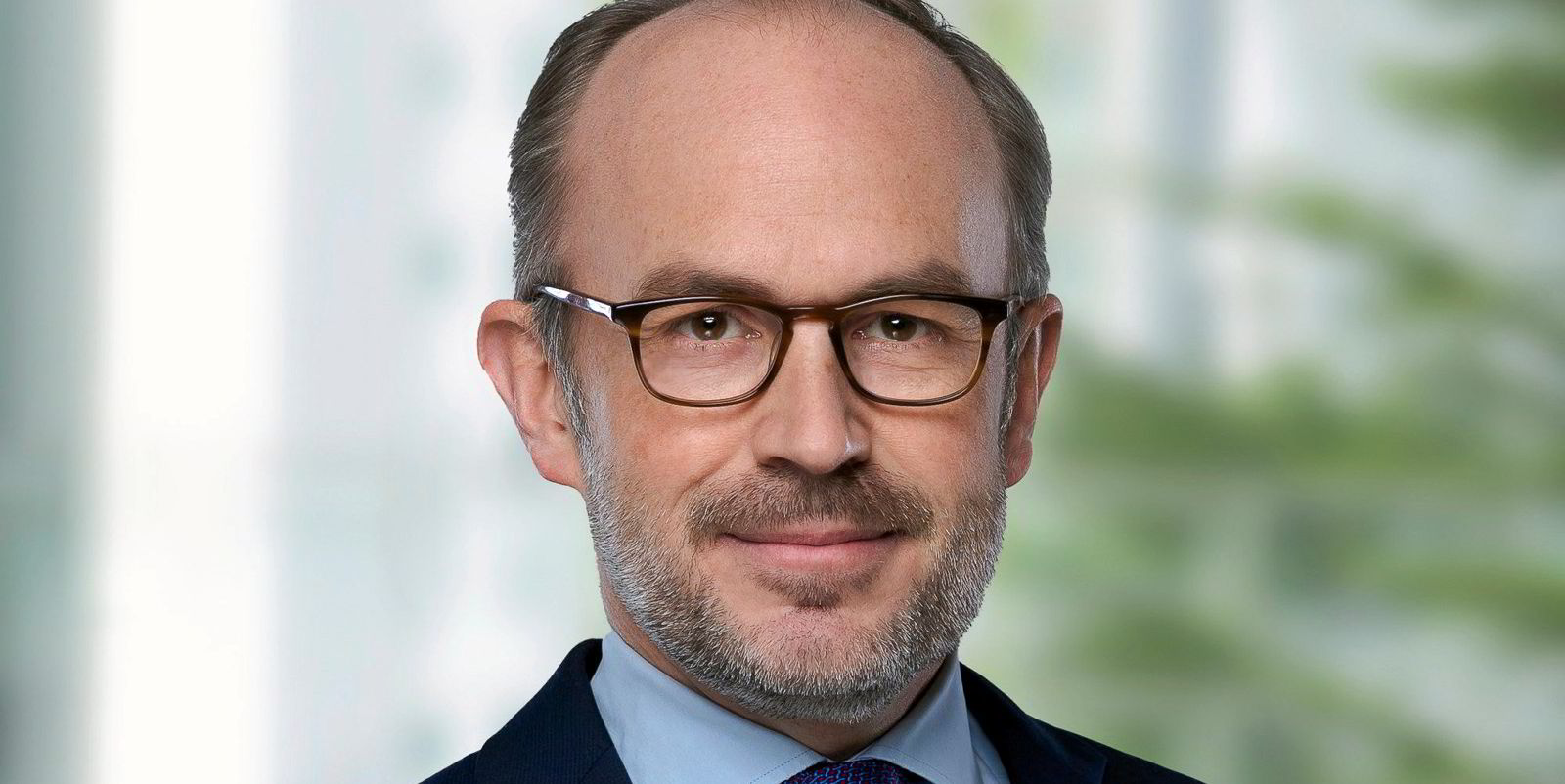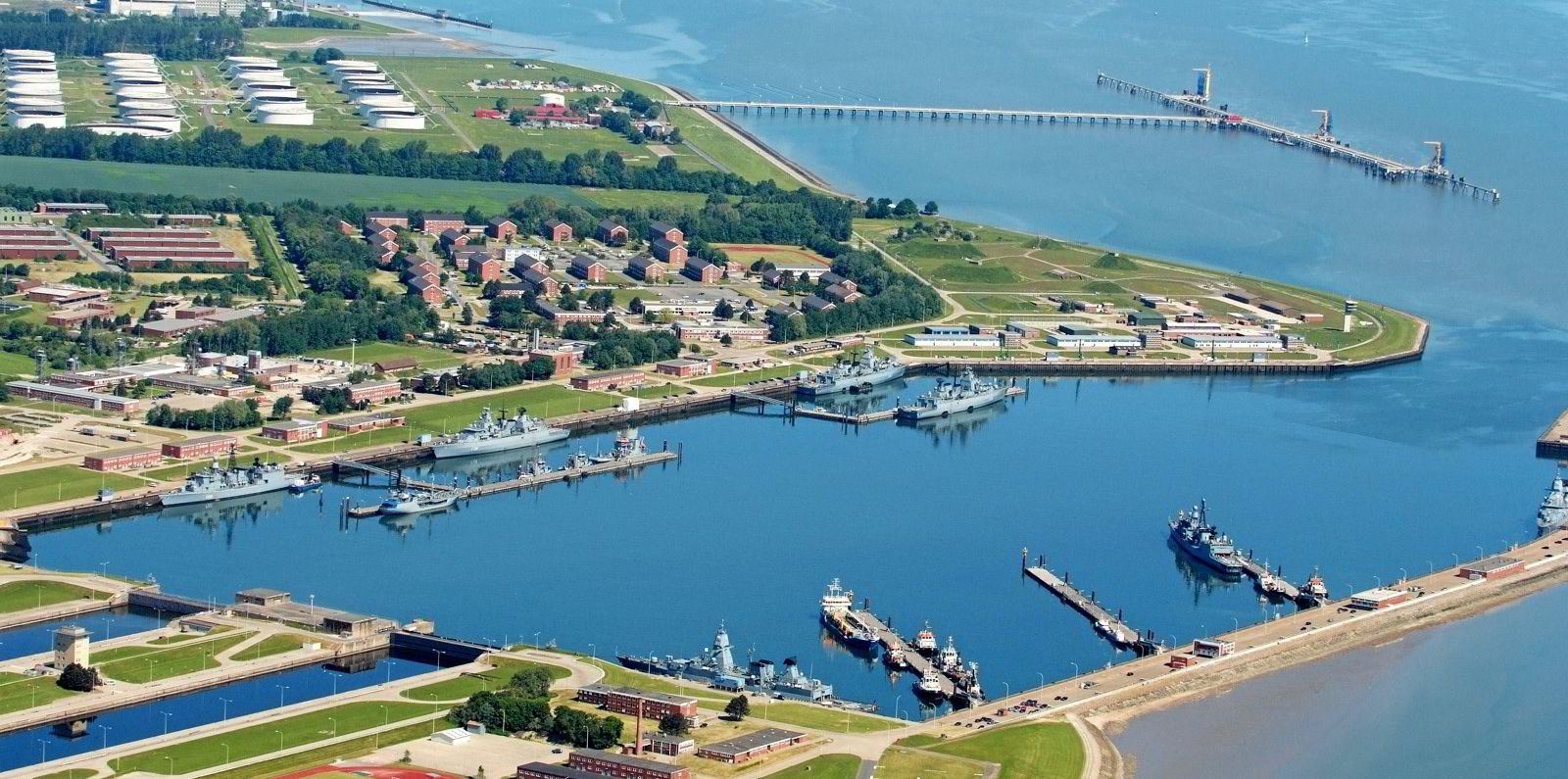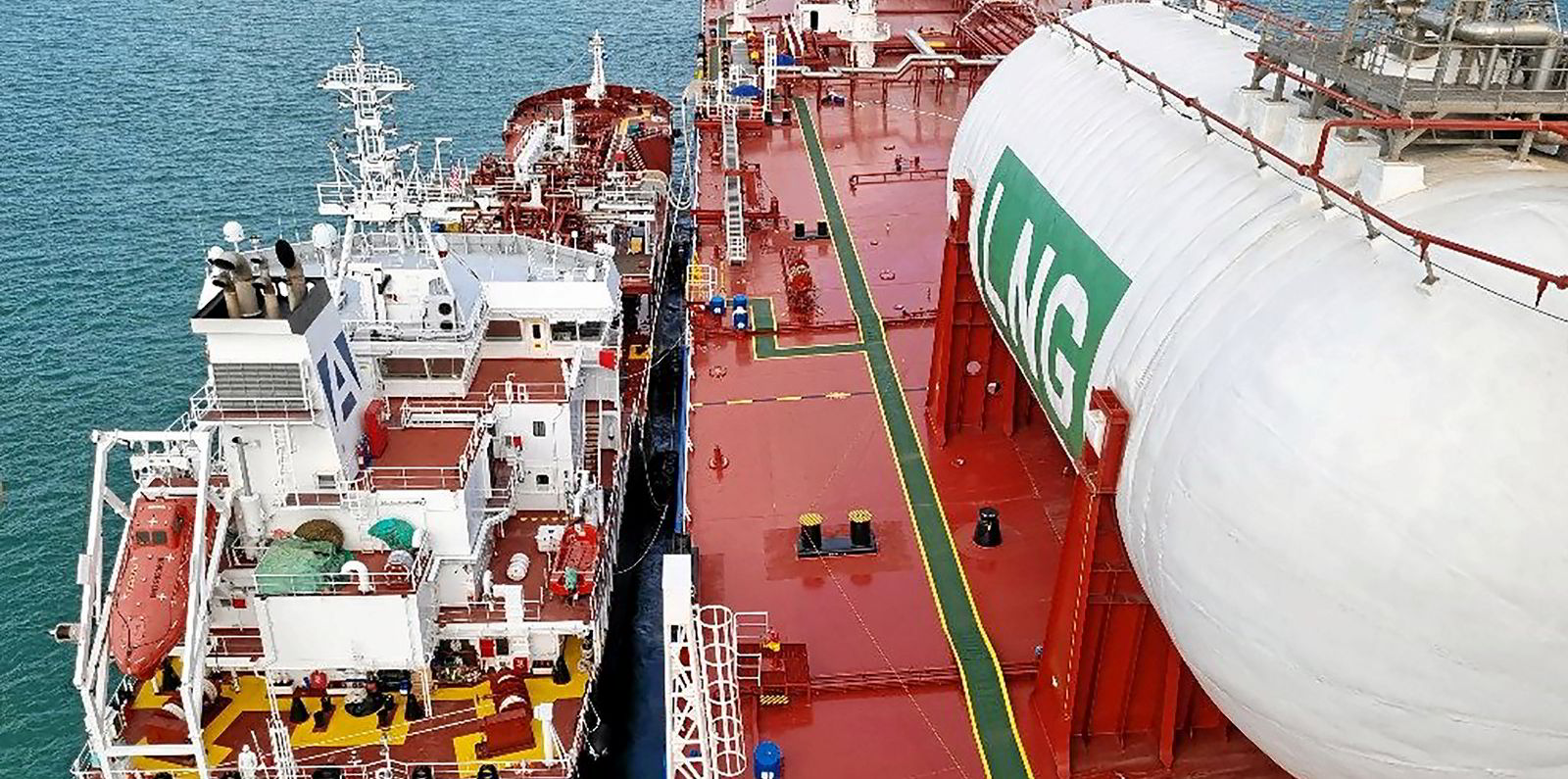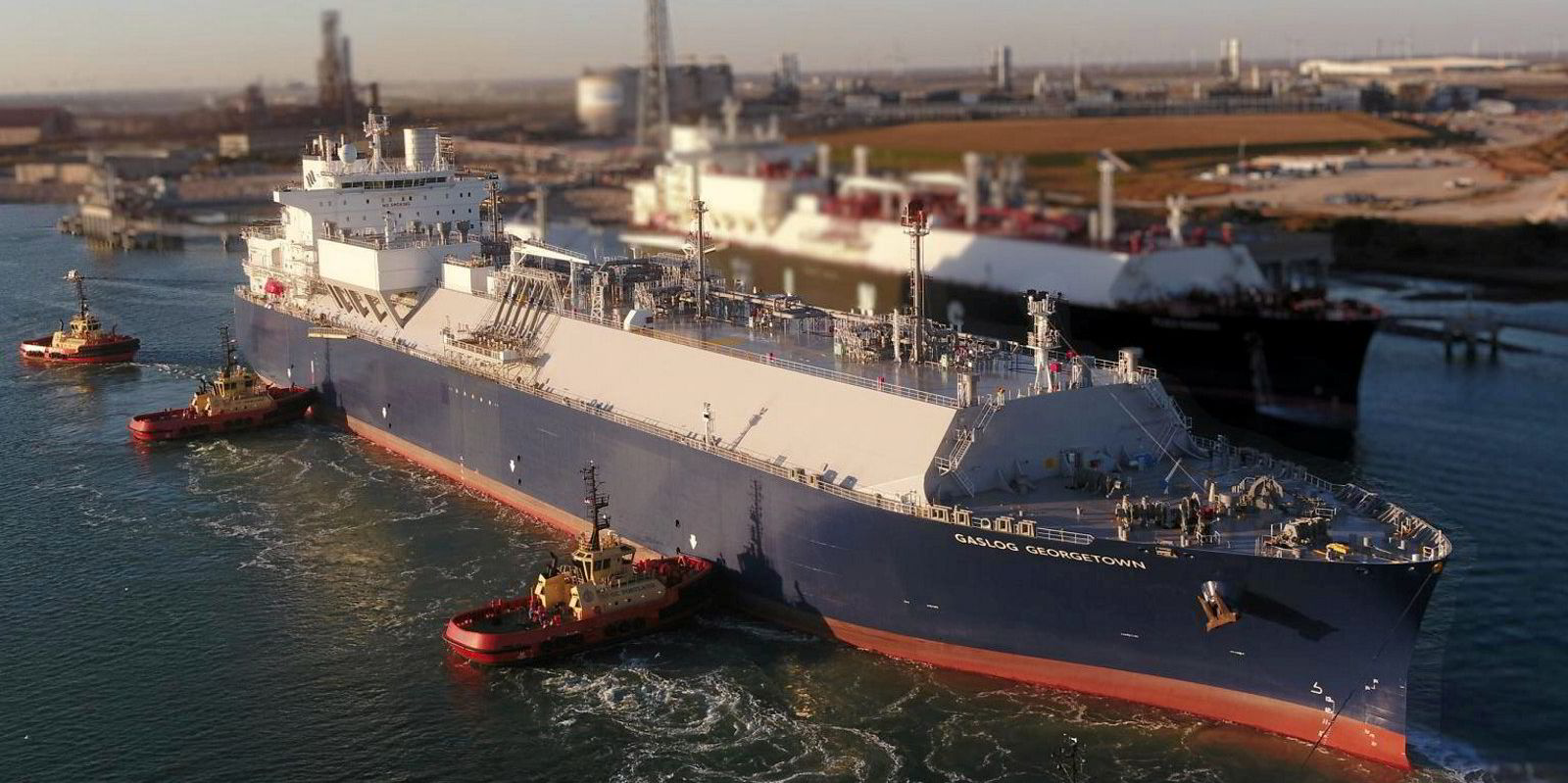Unclear regulations and policy over the use of hydrocarbons in Europe are holding back the region’s LNG buyers from signing the long-term contracts needed to underpin new production and importing infrastructure.
Speaking to TradeWinds on the publication of the International Group of Liquefied Natural Gas Importers (GIIGNL)’s 2022 report, GIIGNL general delegate Vincent Demoury said LNG supply had already been struggling to keep pace with demand in 2021.
He said Russia’s invasion of Ukraine has only pushed gas prices and volatility even higher.
“What we see now, it’s a strong emphasis on energy security across all regions not only Europe but also Asia,” Demoury said.
“What is critical now in the context of the European energy crisis is of course to develop new infrastructure but also to secure new [LNG] volumes.
“To do this, new projects need sufficiently long commitments to finance them and right now we are in a situation where European buyers are a bit hesitant to commit to long term contracts, although we are seeing some first signs.
“There is lack of clarity at regulatory and policy level towards the future of hydrocarbons in Europe,” Demoury said, citing the European Commission’s “Fit for 55” platform — which seeks to reduce net greenhouse gas emissions by at least 55% by 2030— as a restricting factor on the signing of long-term contracts.
Demoury said interest in floating storage and regasification units and “any flexible infrastructure” for LNG imports is growing given the level of uncertainty in Europe.
He said this also extends to the supply side with floating LNG (FLNG) production developments.
Demoury said the market is seeing growing involvement of the governments and public institutions in the LNG business.
He mentioned the joint procurement platform for LNG set up by the European Union to coordinate purchases of LNG.
But Demoury also pointed to infrastructure, with the German government committing to four FSRU installations, the French authorities a floating regas unit in Le Havre and Italy several FSRU projects.
“This is a growing trend and we need to monitor it in the coming months,” he said.
Looking at other trends for 2022, Demoury described current global LNG production as “maxed out”.
He said the US and Australia are running at between 100% and 110% of their utilisation rates, with Qatar at between 95% and 100%.
“We don’t know how long this could last,” he said.
Demoury also highlighted the revival of interest in long-term LNG contracts — at least for Asian buyers.
“What we have seen in the past few months is a real market tightening that nobody believed would happen so fast,” he said. “Given the limited supply additions to come online in 2022 to 2024, the market is likely to remain tight until at least 2025 or 2026.”
On LNG shipping, Demoury said GIIGNL would monitor the International Maritime Organization’s incoming regulations in 2023 on the fleet.
He questions how long the current momentum for LNG carrier newbuildings will last, with almost 200 units on the existing orderbook.

Demoury also added that the European energy crisis may help ease congestion at the Panama Canal, as LNG volumes from producers in the Gulf of Mexico are directed to Europe rather than Asia.
He said about 70% of US LNG is going into Europe in 2022 — a big change from a year earlier when the figure was around 15%.
But Demoury said Europe’s new focus on energy security has not replaced the previous emphasis on the energy transition. Instead, it has just added another challenge and another layer of complexity.
“There is no doubt that the certification of LNG in terms of greenhouse gas intensity will remain a topic even though the focus has shifted to energy security,” he said.
When mention is made of using LNG to replace a fraction of Russian gas, Demoury said the first criticism levelled at the industry is this would constitute replacing lower carbon pipeline gas with a dirtier solution that requires more energy to produce.
He said the LNG industry needs to show both its emissions and evidence that this is incorrect.
He added that it also needs to work harder on eliminating methane emissions.
In 2021, GIIGNL set out an approach for the monitoring, reporting and quantification (MRV) of greenhouse gas emissions.
Demoury revealed that the association will be conducting a real-life pilot phase for its MRV framework this year so that an updated version can be produced. This will also include the LNG shipping element, where he said there is currently little data.








